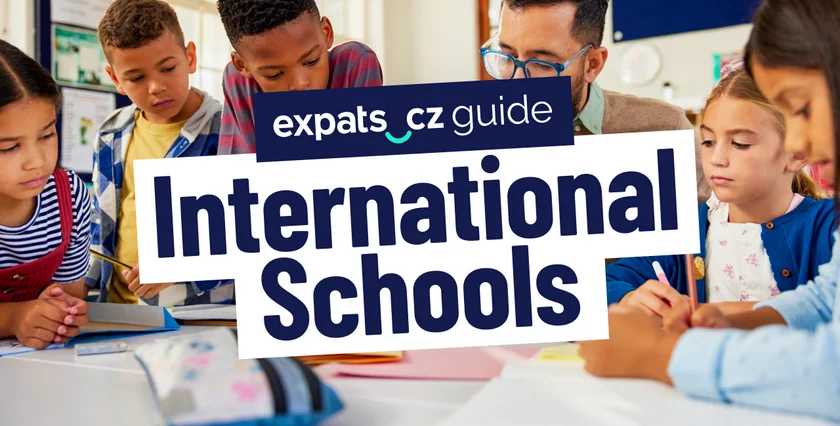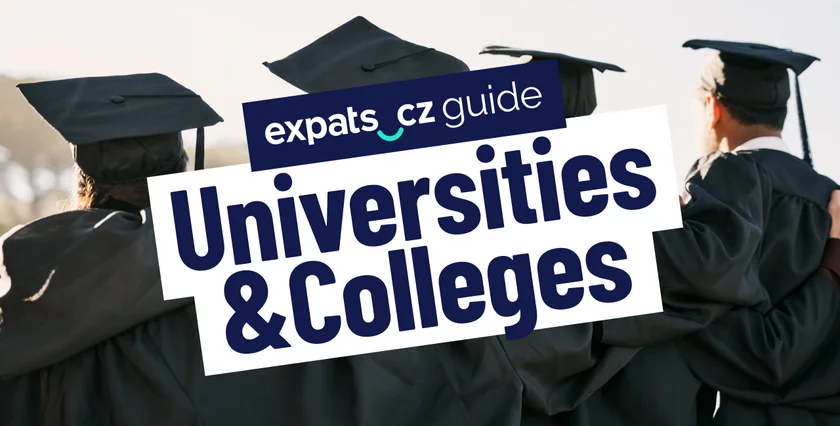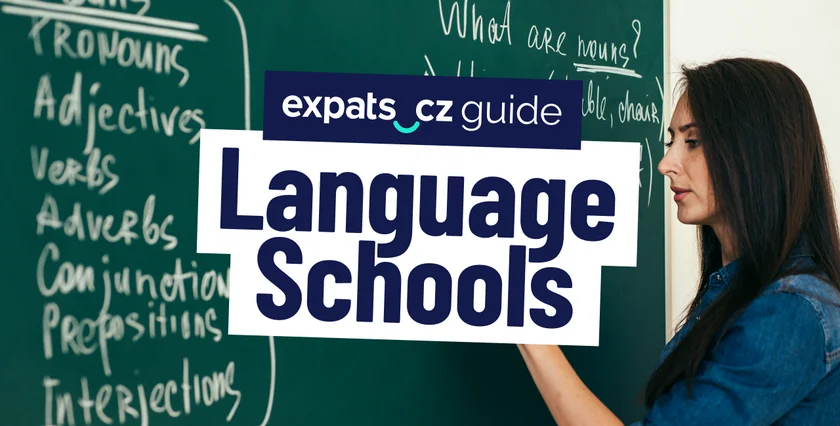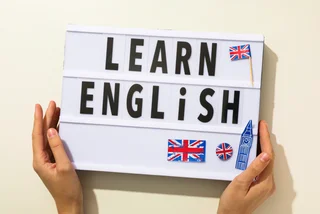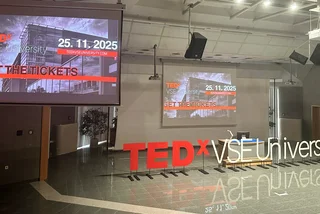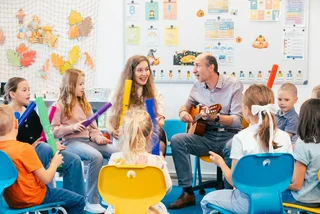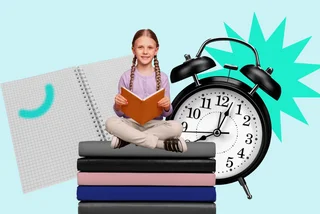For parents in Czechia, choosing between rigorous grammar schools (gymnáziums) that often require early specialization and tutoring courses, and secondary vocational schools (lyceums) can be challenging—especially for foreigners unfamiliar with the complex admission system.
A new option on the horizon—the general lyceum—offers a more flexible, American-style high school education for students who are unsure about their future career paths. Unlike traditional gymnáziums, the general lyceum allows students to explore their interests and strengths without the pressure of choosing a specialization too soon.
Pilot project in over 30 schools
Starting next school year, 32 secondary schools across the country will participate in a pilot program for the new general lyceum field, according to the Ministry of Education. These include six schools from Prague, four from České Budějovice, three from Brno, and other schools from various cities and regions.
"Our goal is to create a well-connected and permeable education system, focusing on strengthening the general stream of secondary education. There is also a demand from employers for graduates to have the professional qualifications needed. To meet this demand, we are developing higher vocational schools and creating shorter study programs suitable for high school graduates," said Minister of Education Mikuláš Bek.

A broader, more flexible curriculum
This new option addresses the growing demand for general education places and aims to alleviate the shortage of spots in gymnáziums. The general lyceum will offer a broader curriculum that combines practical skills with a strong general education foundation, making it a more flexible option for secondary education.
The introduction of the general lyceum this autumn is part of a planned transformation of the secondary school system. The ministry’s proposal also includes reducing the number of subjects offered in secondary schools from about 280 to 127.
While the Association of Secondary Industrial Schools has voiced concerns about the new lyceum, arguing that it is unnecessary, Ministry representatives believe this type of lyceum will help address the shortage of general education places, especially in some regions.
Deputy Minister of Education Jiří Nantl expects the number of participating schools to increase next year. Testing will begin in September across schools from 11 regions.
A survey by PAQ Research found that about a third of parents prefer a general secondary school for their children, with demand higher than the current capacity. The shortage of places in grammar schools has been a concern in recent years, especially in Prague.
Here’s how Czech lyceums and gymnáziums compare to the American and British school systems
Czech gymnáziums resemble British A-Levels in their academic focus, while Czech lyceums combine elements of American high school electives and British BTECs, offering more versatility to prepare students for both university and careers.
American High School
Structure: A comprehensive school covering Grades 9–12 (ages ~14–18), with all students completing the same general curriculum.
Flexibility: Students can choose elective courses but still graduate with a broad education.
Focus: Prepares students for either college/university or immediate entry into the workforce.
Key difference: American high schools are less specialized compared to Czech lyceums and gymnáziums. Students don’t need to choose a specific focus area early on.
British School System
Structure
-Secondary school (key stages 3 and 4, ages 11–16): General education leading to GCSEs
-Post-16 education (sixth form/college, ages 16–18): Specialized academic (A-Levels) or vocational (BTECs) paths
Focus
A-levels: Comparable to gymnázium, focusing on in-depth academic preparation for university. Students choose 3–4 subjects to specialize in.
BTECs: Similar to a lyceum, offering practical training and qualifications aligned with careers or applied university courses.
Key difference: British students specialize later (at 16) compared to Czech students in traditional lyceums, but this aligns more with the flexibility of the new Czech lyceum model.












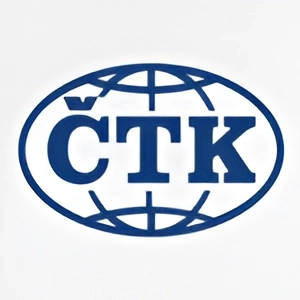
 Reading time: 3 minutes
Reading time: 3 minutes 





